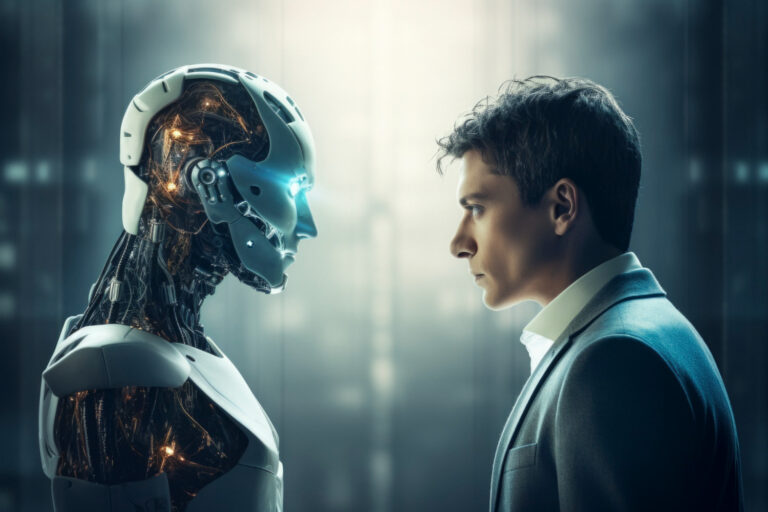In today’s automation-first world, businesses often ask the same question:
“Should we go with RPA or AI?”
The truth? It’s not always either/or. Robotic Process Automation (RPA) and Artificial Intelligence (AI) serve different purposes—and when combined, they can transform how your business runs.
But before you jump into implementation, let’s break down what each really does, how they differ, and when to use one, the other, or both.
🤖 What Is RPA (Robotic Process Automation)?
RPA is like a digital worker. It mimics human actions on a computer—like clicking buttons, copying-pasting data, logging into systems, and moving files.
It follows rules. You give it a set of steps, and it repeats them exactly.
RPA is best for:
- Transferring data between systems
- Reading and inputting invoices
- Auto-generating reports
- Moving files across folders or apps
- Triggering workflows from emails
Think of RPA as a fast, tireless assistant that never deviates from the SOP.
🧠 What Is AI (Artificial Intelligence)?
AI is about thinking, not just doing. It uses machine learning and algorithms to analyze data, make decisions, and adapt to new patterns.
Modern AI, especially Generative AI (Gen-AI), can:
- Understand language (like emails, chats, documents)
- Make predictions (e.g., demand forecasting)
- Generate content (emails, summaries, responses)
- Make intelligent decisions based on historical context
AI brings “judgment” and “context” into automation.
🆚 Key Differences: RPA vs AI
| Feature | RPA | AI |
|---|---|---|
| Based on | Rules | Data, Patterns |
| Use cases | Repetitive, structured tasks | Unstructured, dynamic scenarios |
| Learning ability | No (static) | Yes (improves over time) |
| Decision-making | None | Context-aware |
| Examples | Auto-copying data, ERP updates | Email classification, predictive analytics |
🛠️ When Should You Use RPA?
RPA is ideal if:
- Your processes are repetitive and rule-based
- You want quick wins with minimal system changes
- You already have an ERP or CRM but it lacks automation
- You need fast ROI (often <3 months)
Example:
Your finance team is manually transferring invoice data from email attachments into SAP. RPA can do this without replacing your ERP or retraining your team.
🧩 When Should You Use AI?
AI shines when:
- You deal with unstructured data (emails, chats, documents)
- You want insights, not just automation
- Your business needs personalization, prediction, or natural language understanding
Example:
You’re overwhelmed by customer support emails. AI can classify, summarize, and draft responses based on the email’s context—even escalating urgent issues automatically.
🤝 When Should You Combine Both?
This is where the magic happens.
RPA + AI = Intelligent Automation
- RPA handles the structure and steps
- AI brings intelligence, analysis, and adaptation
Example:
In procurement:
- AI reads and extracts data from a vendor invoice
- RPA logs that data into your ERP and triggers payment workflows
Together, they create end-to-end, touchless processes that are smart, fast, and scalable.
Final Thoughts
If your processes are predictable and repetitive, start with RPA.
If your data is complex and unstructured, bring in AI.
If you want the best of both worlds? Combine them.
At Omnisys, we specialize in building intelligent automations that mix RPA, Gen-AI, and system integration—to solve your specific business challenges, faster.



